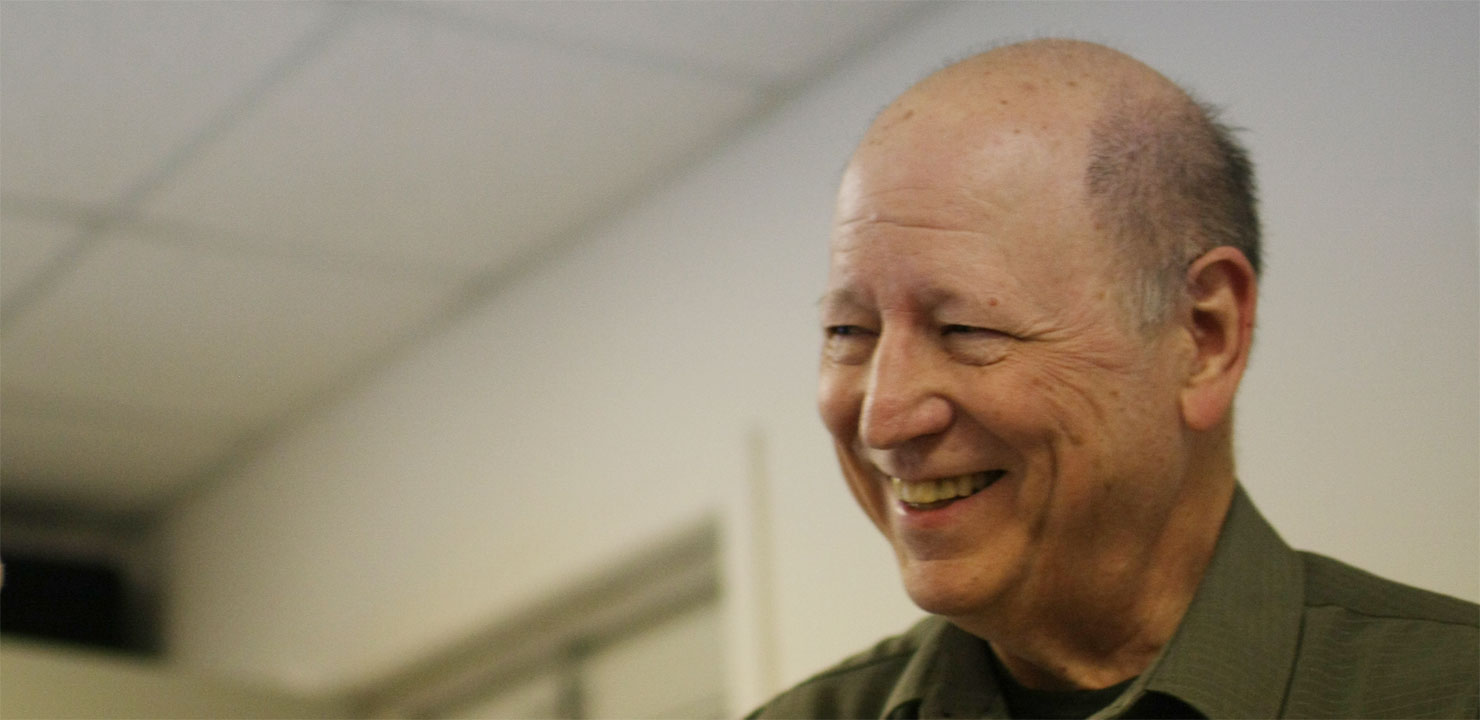
President's Message February 2013
by Ed Haskell
In my June President’s Message I identified four areas that the Board would focus on this year. (See http://www.theskyscrapers.org/june-2012-message) In that message I said:
The first of these is to focus the attention of management on areas that directly affect Members: the format and content of the regular meetings; the creation or augmentation of other group activities; improved access to the instruments; the creation of programs that appeal to younger people; and the creation or extension of initiatives to raise the level of understanding of astronomy of all members.
As you can see, this area of emphasis is comprised of a number of related initiatives, each of which has benefited from this attention. This month I want to report on the last of these, raising the level of understanding of astronomy of all members. While there have been several activities I am going to discuss two as examples of what is being done.
On November 24, nearly twenty members and visitors gathered at Seagrave Memorial Observatory for the Skyscrapers Solar Observing Workshop. The Workshop consisted of work in the Meeting Hall reviewing the various solar phenomena, how to safely view the Sun, and procedures on how to conduct sunspots counts. After a break for lunch and fellowship there was a solar observing session outside using several types of telescopes including a six-inch reflector equipped with a “white light” filter, a Coronado 90mm Solar Max hydrogen-alpha telescope, and a Sunspotter telescope that projected a solar image.
Feedback from attendees reveals that Workshop leaders Bob Horton and Dave Huestis put together an excellent program that was well enjoyed. One participant who praised the workshop also observed that it would be nice if Skyscrapers had introductory level programs to help new and prospective members get up to speed. Which brings us to our next example.
Trustee Conrad Cardano put together a class for beginners on how a telescope works for presentation January 19. Concepts that are unsettling to beginners are demystified including:
What are focal length and f-ratio? How to calculate them and why are they important.
The major telescope designs: refractor, reflector, and SCT.
Telescope mounts: altazimuth, dobsonian, equatorial, and fork mount.
Eyepieces - How to calculate magnification and the field of view.
The class was oversubscribed but the weather didn’t cooperate and will have to be conducted in the next few weeks, but plainly it touched a need by many members.
The preceding are examples of formal education but it should not be assumed that we are only pursuing these types of programs. An example of less structured programs is
Pat Landers’ upcoming Members Viewing Night at Seagrave to provide more opportunities for members to gather with the purpose of viewing together. Too often we gather after dark only for the purpose of public outreach. While this is an important endeavor it should not operate to the exclusion of members’ collegial observing. An essential part of the glue that binds us together is the joy of shared observing.
I’ll report further on steps being taken to improve the value of membership but for now let me wish you all clear skies!
Ed Haskell
President



